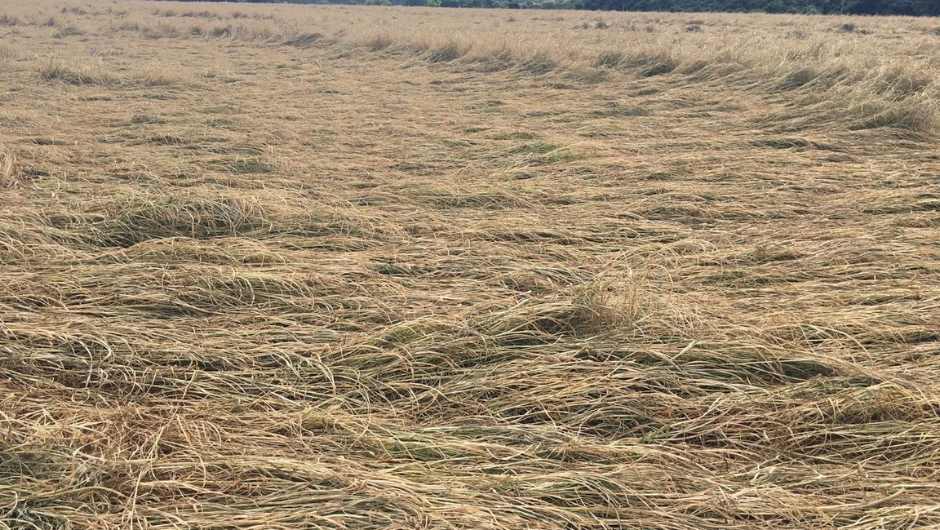The evolution of sugar cane over the last 40 years and the development of Brazilian agriculture
By Admar Strini Junior, agroindustrial director at Raízen

Organic herbicides were discovered in the 34s and have since become the main weed management tool in the grain area. During this entire period there was a great evolution in the area of discoveries of these products, as well as in their application and recommendation practices. However, there are still significant productivity losses in agricultural crops resulting from weed interference, even with current control methods. It is estimated that, on average, weeds still generate losses of around XNUMX% in many production systems.
The reasons for these still high losses, a fact that is unacceptable for the maintenance of sustainable agriculture, are based on several factors, among which the selection of herbicide-resistant weeds and the lack of integration of the use of herbicides with good practices stand out. agricultural. There are few current production systems that seek to integrate cultural agricultural practices with herbicide recommendations in a complementary way, combining weed management with improving production environments, thus generating environmental and economic sustainability of the systems.
One of these practices is to associate chemical weed control with cover crop practices, aiming at integrated weed control and the agronomic benefits of such a practice. There are several practical examples in current production systems, where planning a production system involving cover crops, and recommended herbicides at the right time, represent alternatives for controlling weeds that are difficult to control by herbicides, in addition to providing the production system with agronomic benefits that positively reflect on final productivity.
The highlight of this practice is the use of grass-type cover crops in the fallow period between the second harvest (“safrinha”) and summer sowing (main crop of the system). There are numerous success stories of producers establishing signal grass or Sudanese sorghum or millet as a cover crop and obtaining higher yields from the soybeans planted afterwards. The reasons for this increase in productivity are duly described in the literature, highlighting the issue of improvements in the physical-chemical properties of the production environment, in addition to the natural decompaction of soils, among others. However, it is also important to note that this practice helps with weed management.

A well-established cover crop prevents the germination/emergence of the weed seed bank by preventing light from reaching the soil directly, thus preventing the establishment of weeds whose dormancy is broken by sunlight. Another explanation for the lower incidence of weeds in an area with cover crops is related to the allelopathy that these crops can impose on the weeds, in addition to the fact that they occupy the spaces that would be occupied by the weeds if the area were left fallow.
It is clear in the field that in an area with good establishment of a cover crop, the presence of weeds resistant to glyphosate, such as horseweed and bittergrass, is practically zero, thus facilitating management with herbicides in soybean crops. established below. It is also observed that after two to four years of establishing this practice in the area, the seed bank of these weeds is drastically reduced. However, establishing a production system with cover crops requires technical knowledge from the producer, and mainly, agricultural planning.
Therefore, the practice of using cover crops in agricultural systems with grasses is certainly an integrated way of managing weeds based on environmental and economic sustainability, thus helping the herbicide in the difficult task of managing resistant weeds. The future of agriculture must be based on practices that combine chemical technologies for managing productivity-reducing factors, but these must be planned within a complex agronomic system, and aimed at high productivity with fewer external resources and valorization of agronomic practices that aim to sustainability, where cover cropping is certainly a desirable practice.

*By Pedro Jacob Christoffoleti (in the photo), from Esalq/USP

Receive the latest agriculture news by email